Editors’ Picks




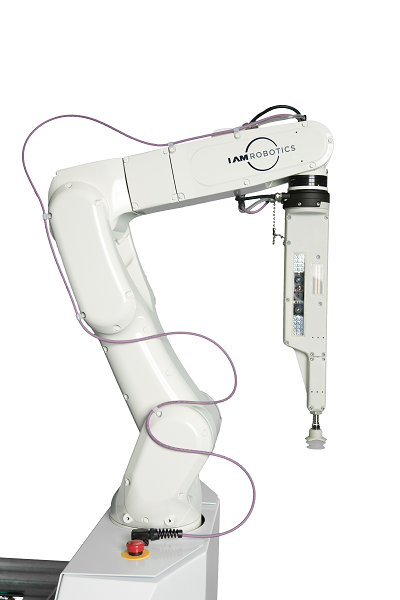
Found in Robotics News & Content, with a score of 26.50
…been founded in 2012 by Galluzzo and colleagues from Carnegie Mellon University’s National Robotics Engineering Center, in the summer of 2014, it was largely a PowerPoint presentation on his laptop in the summer of 2014. I’m not sure if they’d gone live with a website at that point. But, with support from Rochester Drug Cooperative, Galluzzo and his team had built an autonomous mobile piece-picking robot that could go up and down a warehouse aisle and pick items from a shelf to a tote. At the time, they nicknamed it GOFER, which stood for general order fulfillment robot. Galluzzo now…
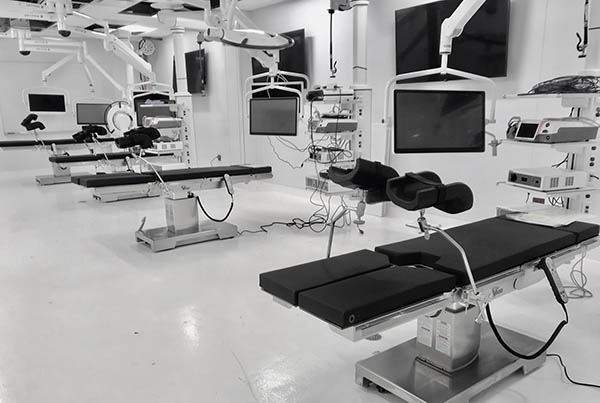
Found in Robotics News & Content, with a score of 26.40
…we don't require preoperative CT scans.” Smith+Nephew builds on university connections In 2015, Smith+Nephew acquired Blue Belt Technologies, a spinoff from Carnegie Mellon University (CMU). CMU founded the world's first robotics Ph.D. program in 1988 and claims that its Robotics Institute is the world's largest robotics R&D organization. The institute includes the National Robotics Engineering Center, which has been commercializing technlogies for practical industrial applications for more than 25 years. “I came out of CMU and joined Blue Belt Technologies, which was just starting off with medical robotics,” Mitra said. “Our first offices and production of systems were in Pittsburgh,…
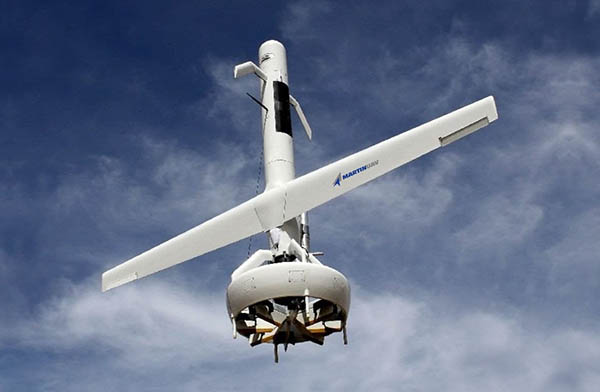
Found in Robotics News & Content, with a score of 25.97
…million. “As a member of the faculty at the Carnegie Mellon University Robotics Institute, I have the privilege of engaging with students and faculty who define the state of the art in AI and robotics,” said Nate Michael, chief technology officer of Shield AI. “I joined Shield AI in the early days because it represented an opportunity to transition leading technologies from the lab to applications for good at a global scale.” “We are now well positioned to achieve this objective,” said Michael. “With this investment, we will further scale our AI operations to more rapidly solve pressing problems facing…
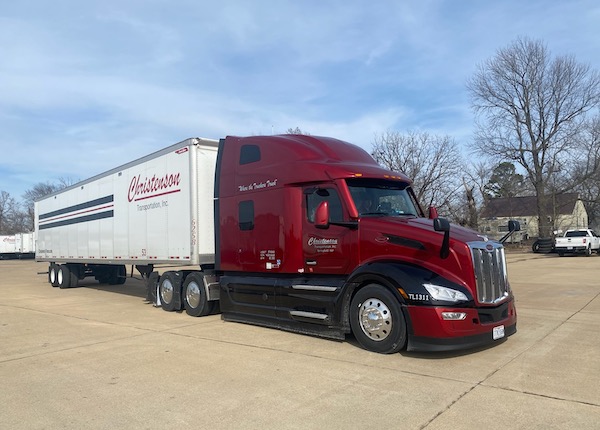
Found in Robotics News & Content, with a score of 25.91
…supply chain custom built for autonomous trucks.” Veterans from Carnegie Mellon University's National Robotics Engineering Center (NREC) launched Locomation in 2018. The Pittsburgh-based company's team includes experts in robotics, artificial intelligence, trucking, freight optimization, automotive technology, and safety. It said its autonomous vehicle products and tools help clients to implement operating models. Locomation has previously signed contracts with Wilson Logistics and PGT Trucking. Last week, the company announced that Wilson Logistics has recommitted to deploying 1,120 ARC units on its southwest routes starting in 2023. Christenson to restructure operating model Using Locomation’s proprietary planning and scheduling systems, Christenson Transportation will…
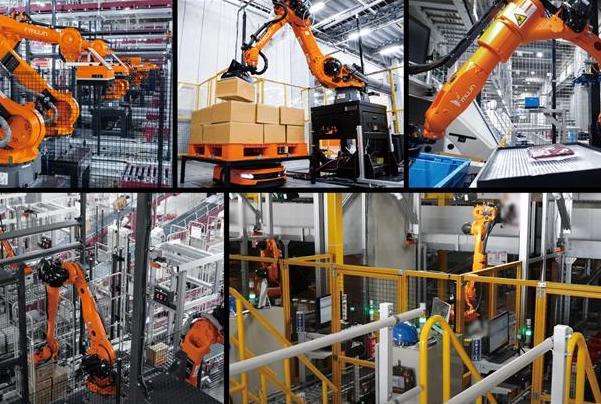
Found in Robotics News & Content, with a score of 25.36
…Kuffner was Diankov's advisor during his Ph.D. program at Carnegie Mellon University and is now CEO of Woven by Toyota. “This Series C funding is a significant milestone for Mujin, a company that has pioneered intelligent automation technology since 2011,” said Kuffner. “Mujin can accelerate and expand its delivery of truly state-of-the-art advanced industrial robotic solutions to customers globally, strengthening its position as the technology market leader.” SBI Investment stated: “We are very proud to be working with Mujin, a company that represents Japanese high-end technology, and we will do everything we can to support the company so that it…
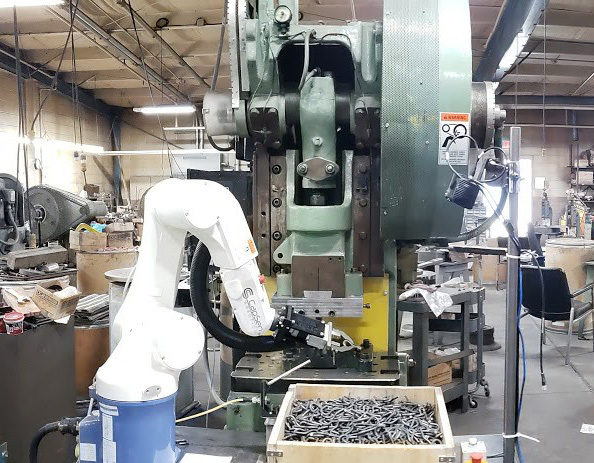
Found in Robotics News & Content, with a score of 24.90
…that, Glover completed his B.S. in computer science from Carnegie Mellon University, where he led a team developing robotic walkers. He has 20 years of research experience in robotics and computer vision and more than 500 paper citations. Glover is also on the boards of the Pittsburgh Robotics Network and the Catalyst Connection, a private non-profit that provides consulting and training services to small manufacturers in southwestern Pennsylvania. During his ARM Institute fellowship, Glover will work on the “Autonomous Robot Workspace Modeling with an Arm-Mounted 3D Camera” project. It aims to help small and medium-sized manufacturers (SMMs) adopt robotic technologies…

Found in Robotics News & Content, with a score of 24.56
…a Ph.D. in cognitive psychology from New Mexico State University and has spent years working with roboticists about the relationships and dynamics that develop when humans and machines work together. More on Optimus See our coverage of Tesla's reveal. “I believe that robots or AI should be specialized in what they do best, and that’s completely against the idea of replicating ourselves,” she said. “We know how to reproduce ourselves. We do that well, and we’re not that great at doing everything. We need the robots and AI to do the things that we can’t do, that they are specialized…
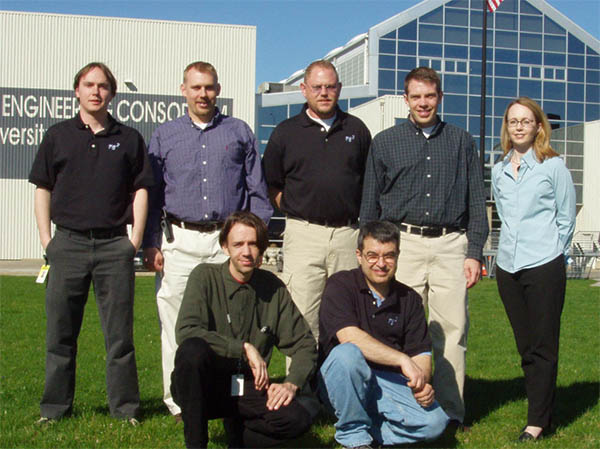
Found in Robotics News & Content, with a score of 24.43
…on July 20, 2001, as a defense subcontractor to Carnegie Mellon University by alumnus Jorgen Pedersen, the company incubated at the National Robotics Engineering Center (NREC) in Pittsburgh. Today, anchored in Pittsburgh’s Robotics Row, the RE2 campus encompasses two buildings on a city block in the Lawrenceville neighborhood and includes space for indoor, outdoor, and underwater testing of robots. Click here for larger version. Source: RE2 Robotics RE2 Sapien family grows RE2 Robotics said its RE2 Sapien family can operate in a variety of complex indoor and outdoor environments for use in the aviation, construction, defense, energy, and medical industries.…
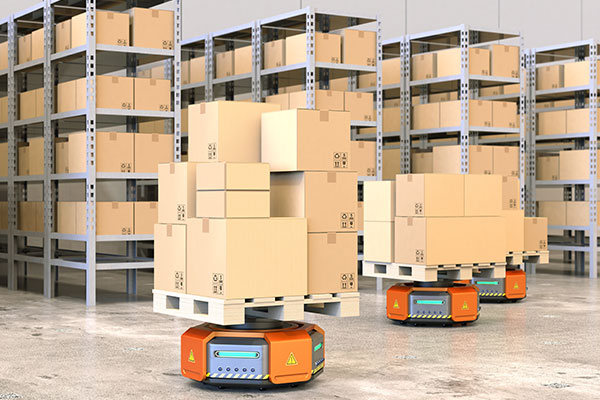
Found in Robotics News & Content, with a score of 24.26
…operational needs. Honeywell Intelligrated previously announced its collaboration with Carnegie Mellon University to develop next-generation artificial intelligence and robotics technologies for distribution centers. The Fetch Robotics collaboration adds mobility capability to the portfolio of robotics solutions Honeywell is bringing to market. Pieter Krynauw, president of Honeywell Intelligrated: “As staffing challenges and the continued growth of online shopping are pressuring supply chains, robotics can be an effective solution to help make large, integrated distribution centers more efficient. With this arrangement, we can provide our customers with a complete suite of fixed and mobile robotics solutions, backed by the expert systems integration,…
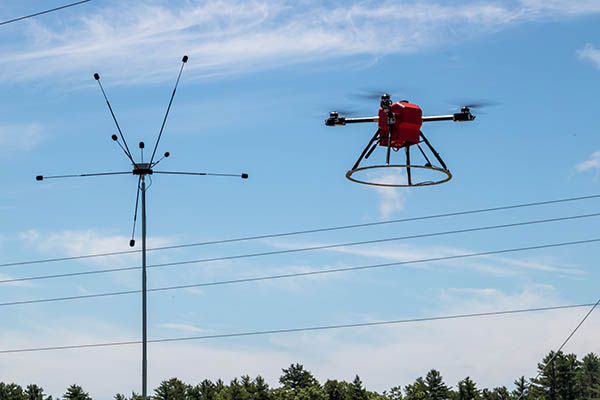
Found in Robotics News & Content, with a score of 23.97
…American Robotics was founded in 2016 by roboticists from Carnegie Mellon University and Stanford University. The Marlborough, Mass-based company claimed that it has developed the first fully automated drones to receive approval from the U.S. Federal Aviation Administration (FAA). American Robotics said platform uses innovations in robot autonomy, machine vision, edge computing, and artificial intelligence to enable enterprise customers to continuously monitor, digitize, and analyze their assets in real time. Last month, the MassRobotics member agreed to merge with Ondas Holdings Inc. Scout and TASA Cypress, Calif.-based SARA's Artificial Perception and Threat Awareness (APTA) Division develops sensing and collaboration systems…
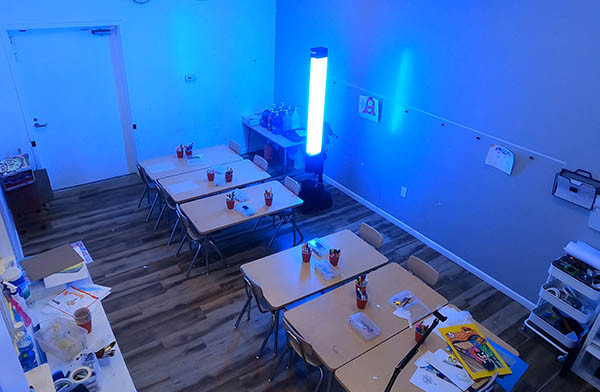
Found in Robotics News & Content, with a score of 23.86
…andTingxi Tan and serial entrepreneur Thuc Vu, graduates of Carnegie Mellon University and Stanford University, founded OhmniLabs in 2015. The company said it has deployed more than 3,000 service robots in 48 countries. OhmniLabs uses proprietary 3D-printing processes and modular accessories to design, engineer, and manufacture custom robots at speed and scale. Disinfection robot can help protect staffers Hospital and custodial workers have been harmed by chemicals found in deep-cleaning products for years, noted OhmniLabs. There is a critical need in the healthcare, education, and hospitality markets to ensure a sterile and safe environment for their patrons, students, and staff,…
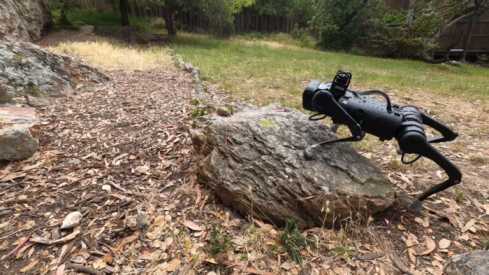
Found in Robotics News & Content, with a score of 23.82
Researchers at Carnegie Mellon University’s School of Computer Science and the University of California, Berkeley, have designed a robotic system that enables a low-cost and relatively small legged robot to climb and descend numerous obstacles. The robot can travel up and down stairs nearly its own height. It can also traverse rocky, slippery, uneven, steep and varied terrain. In addition, the robot can walk across gaps, scale rocks and curbs, and even operate in the dark. “Empowering small robots to climb stairs and handle a variety of environments is crucial to developing robots that will be useful in people’s homes…



